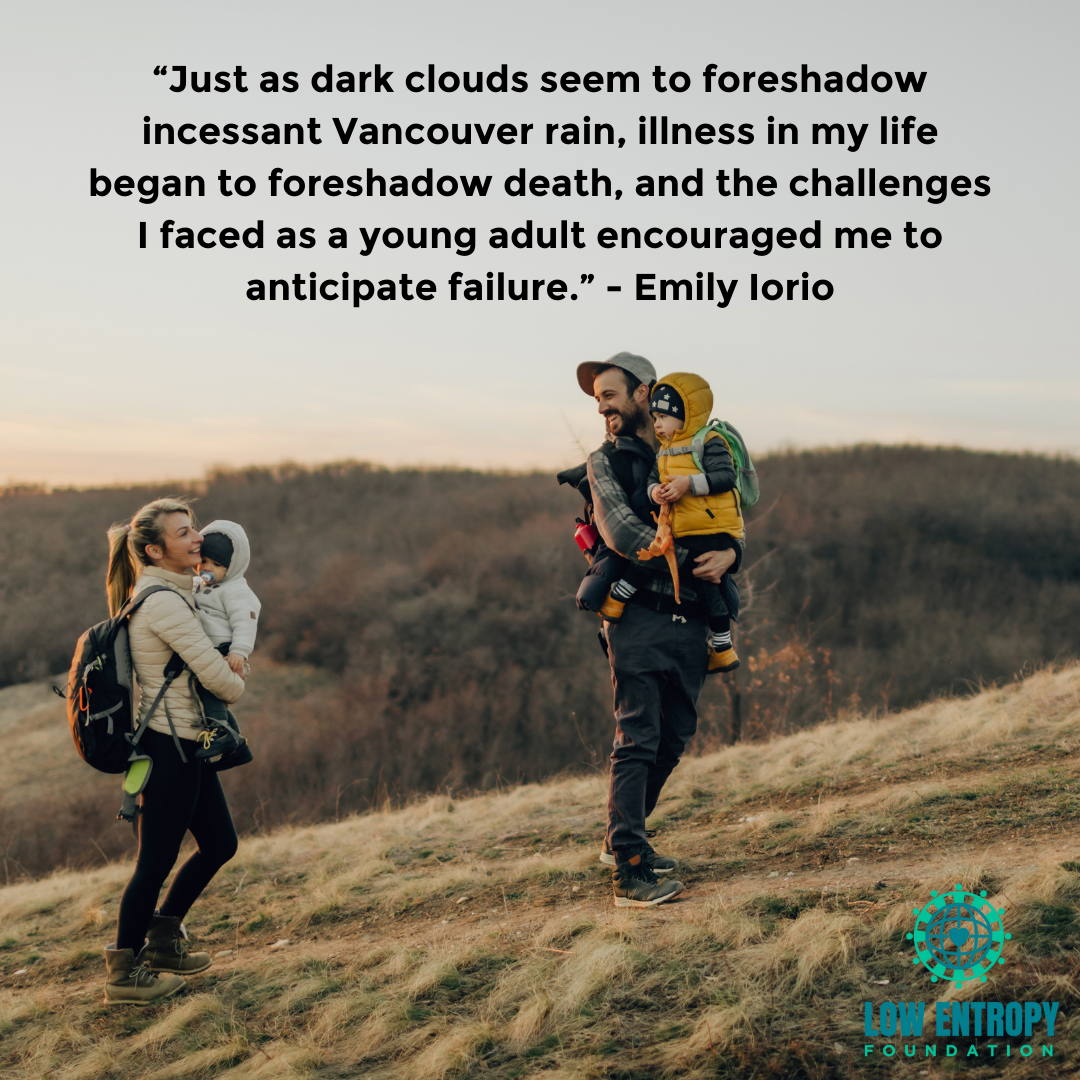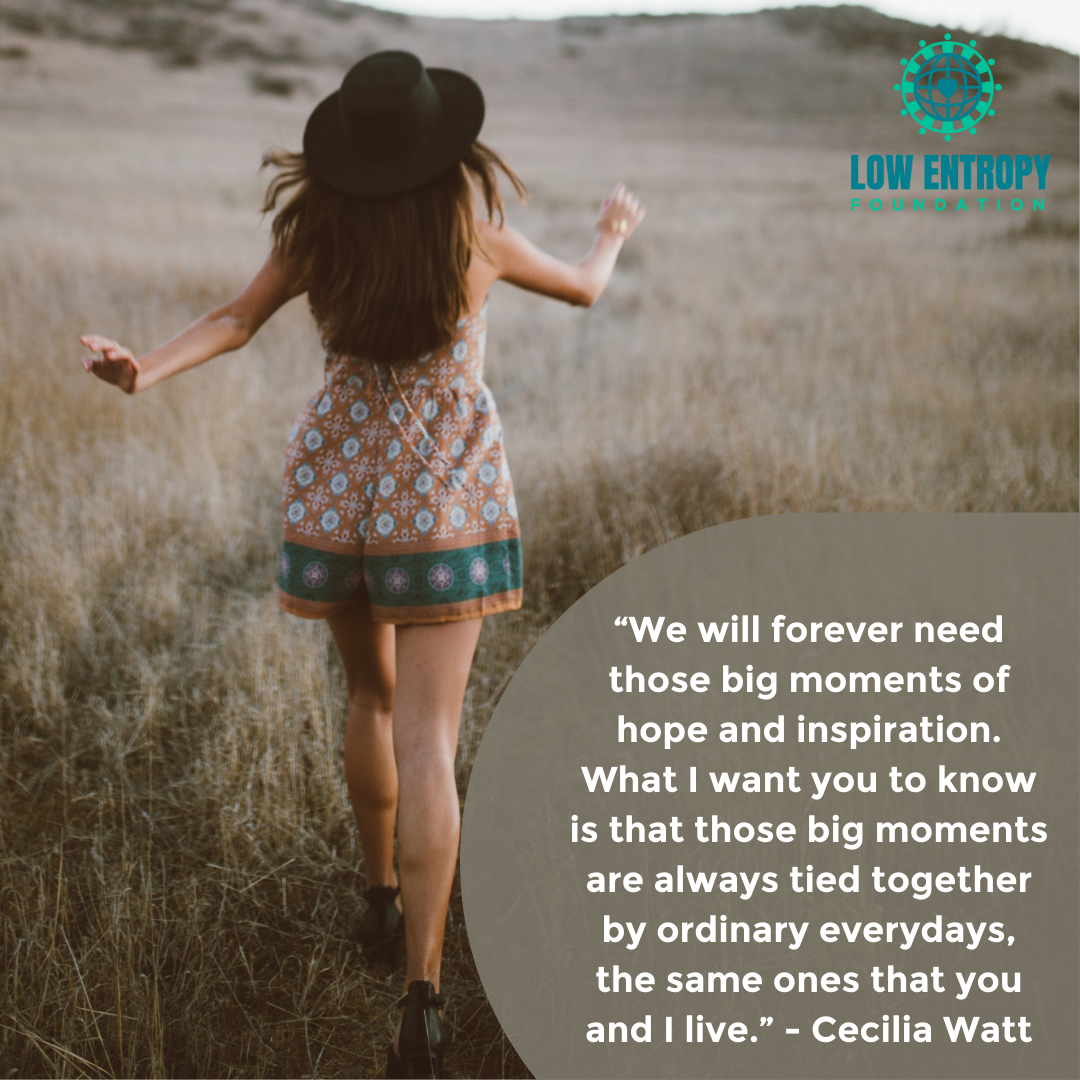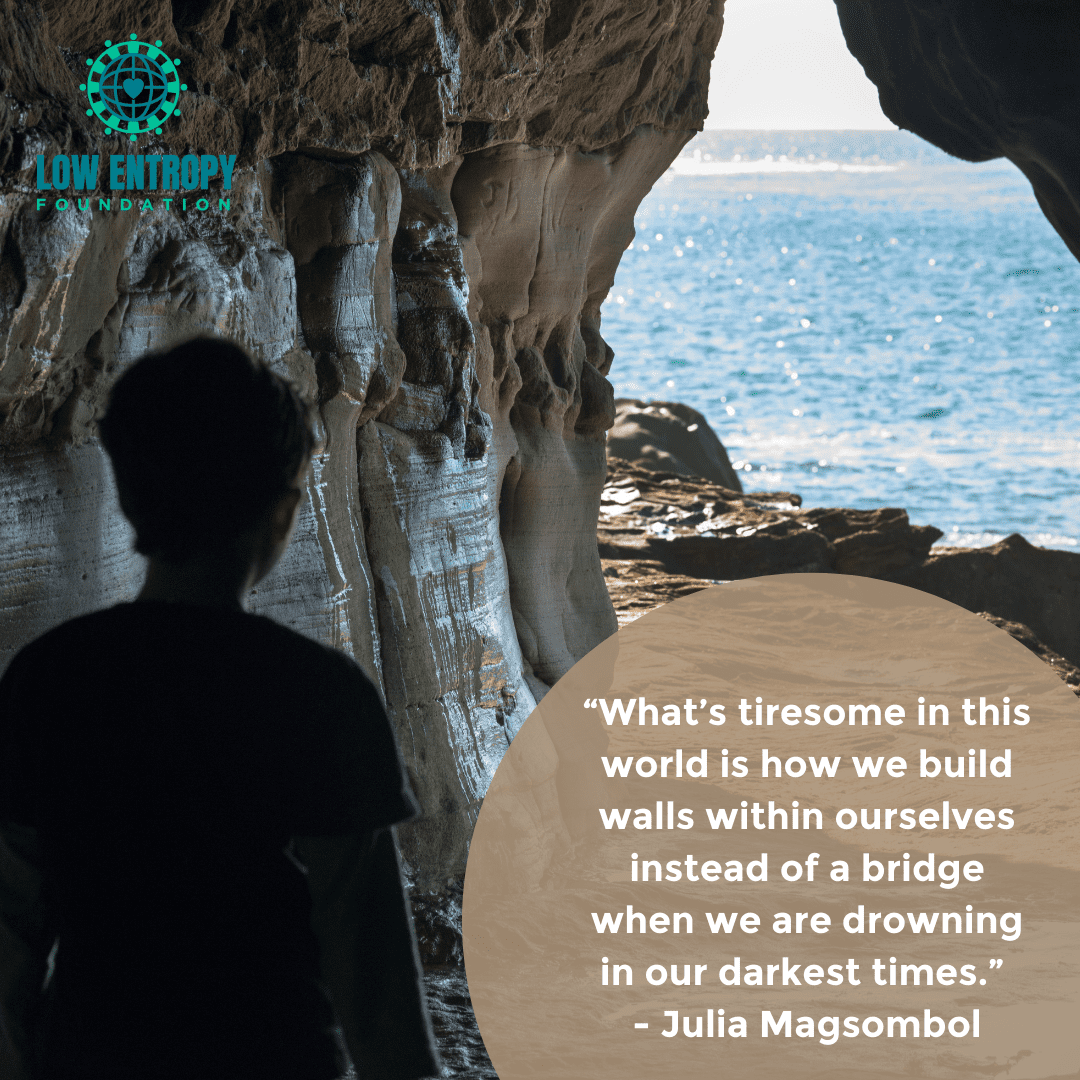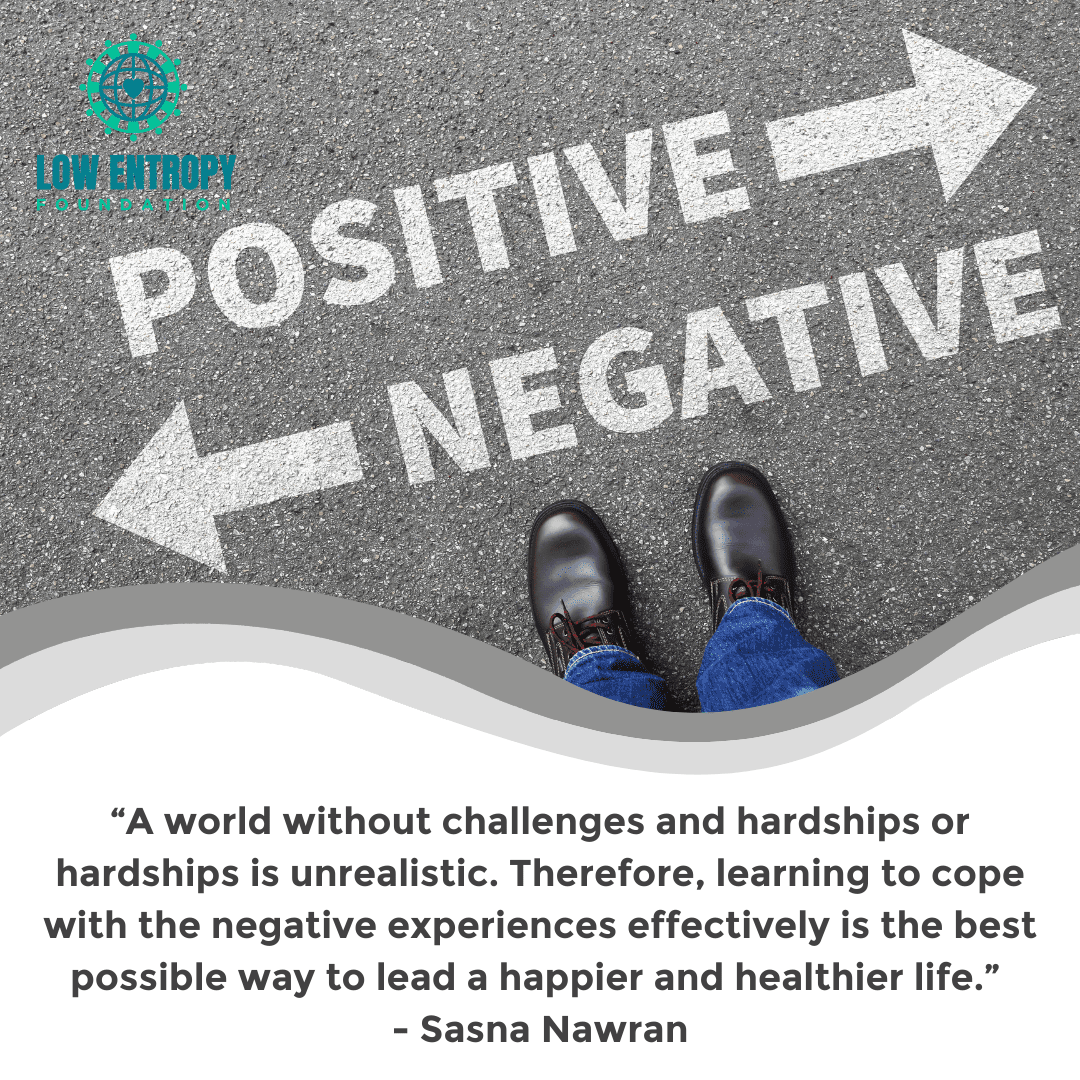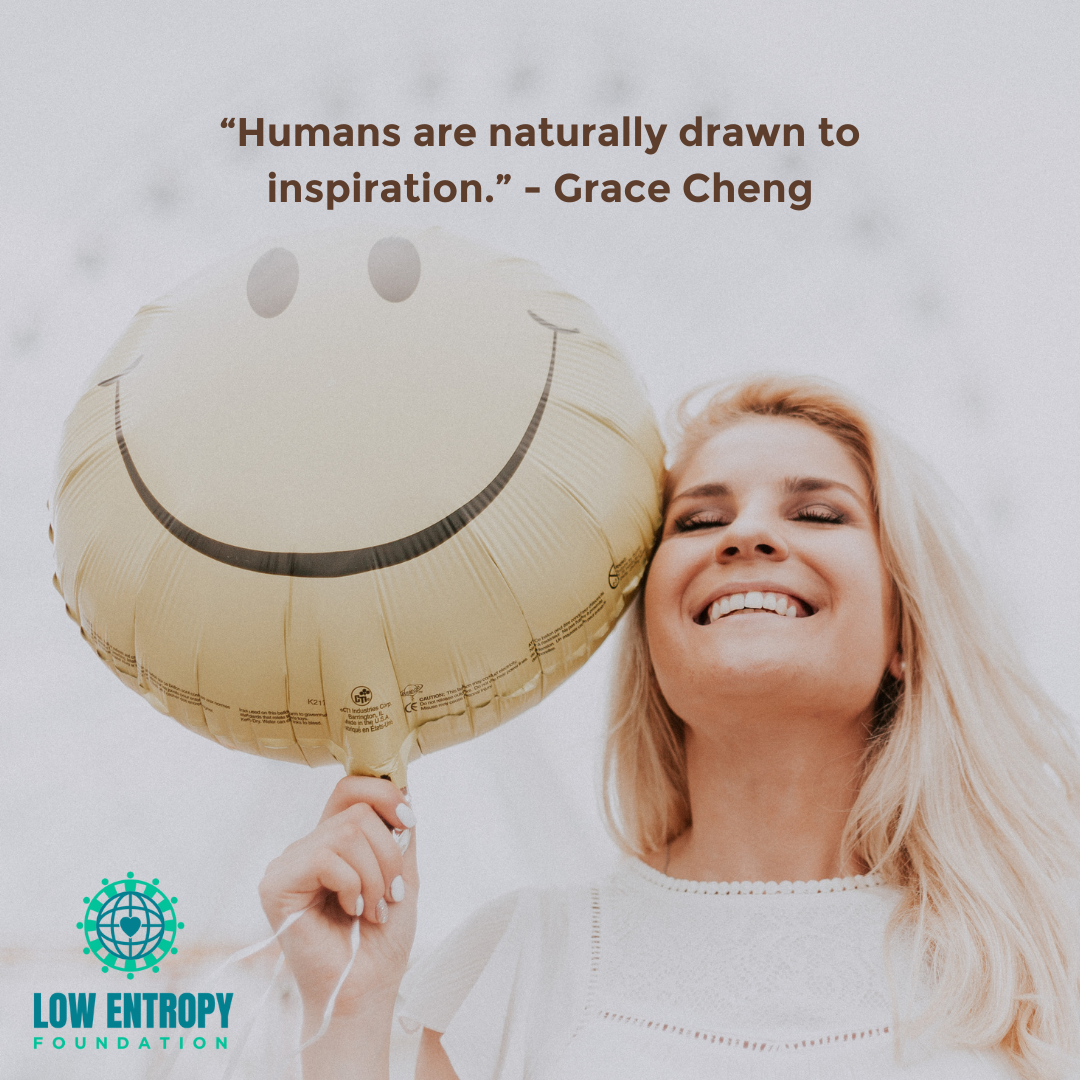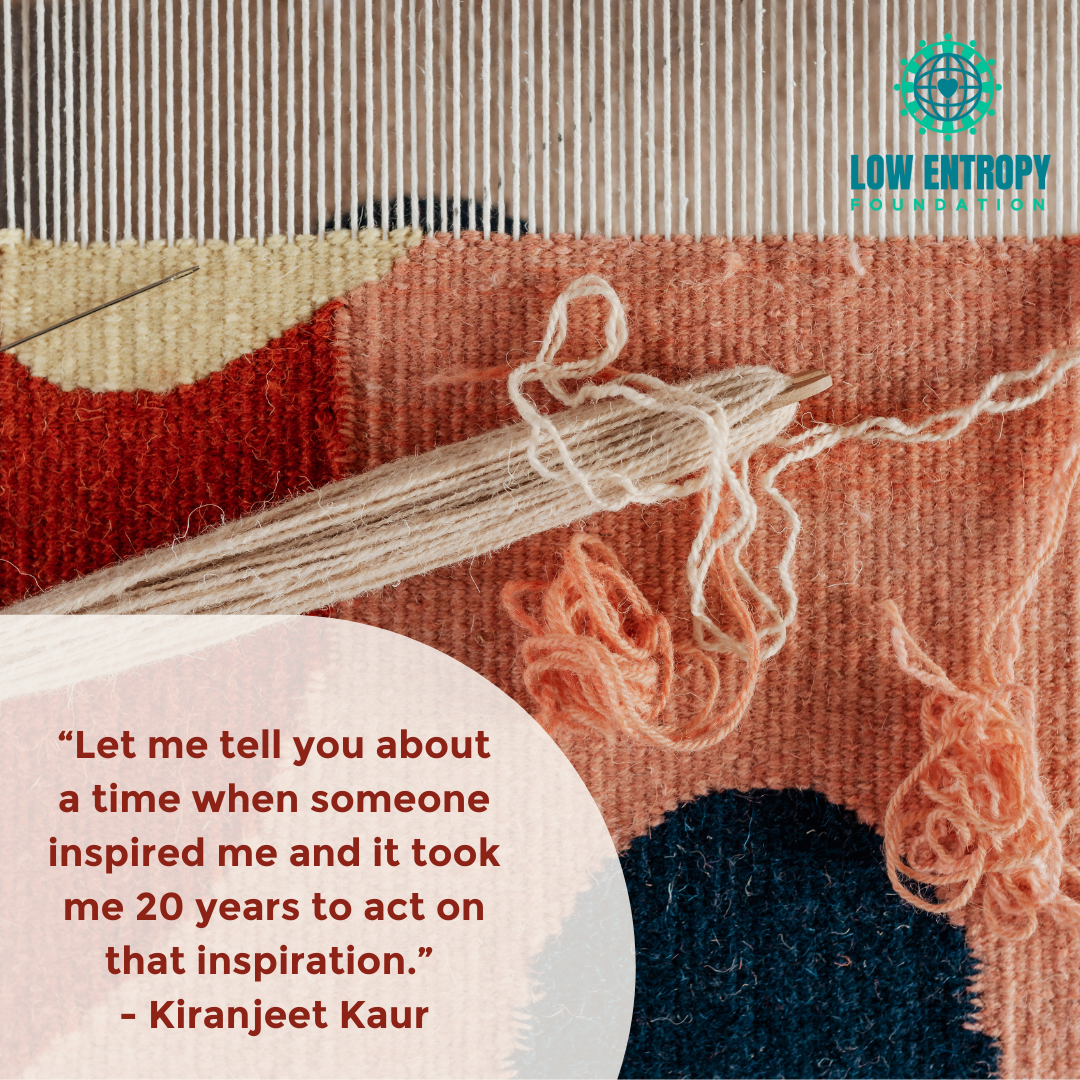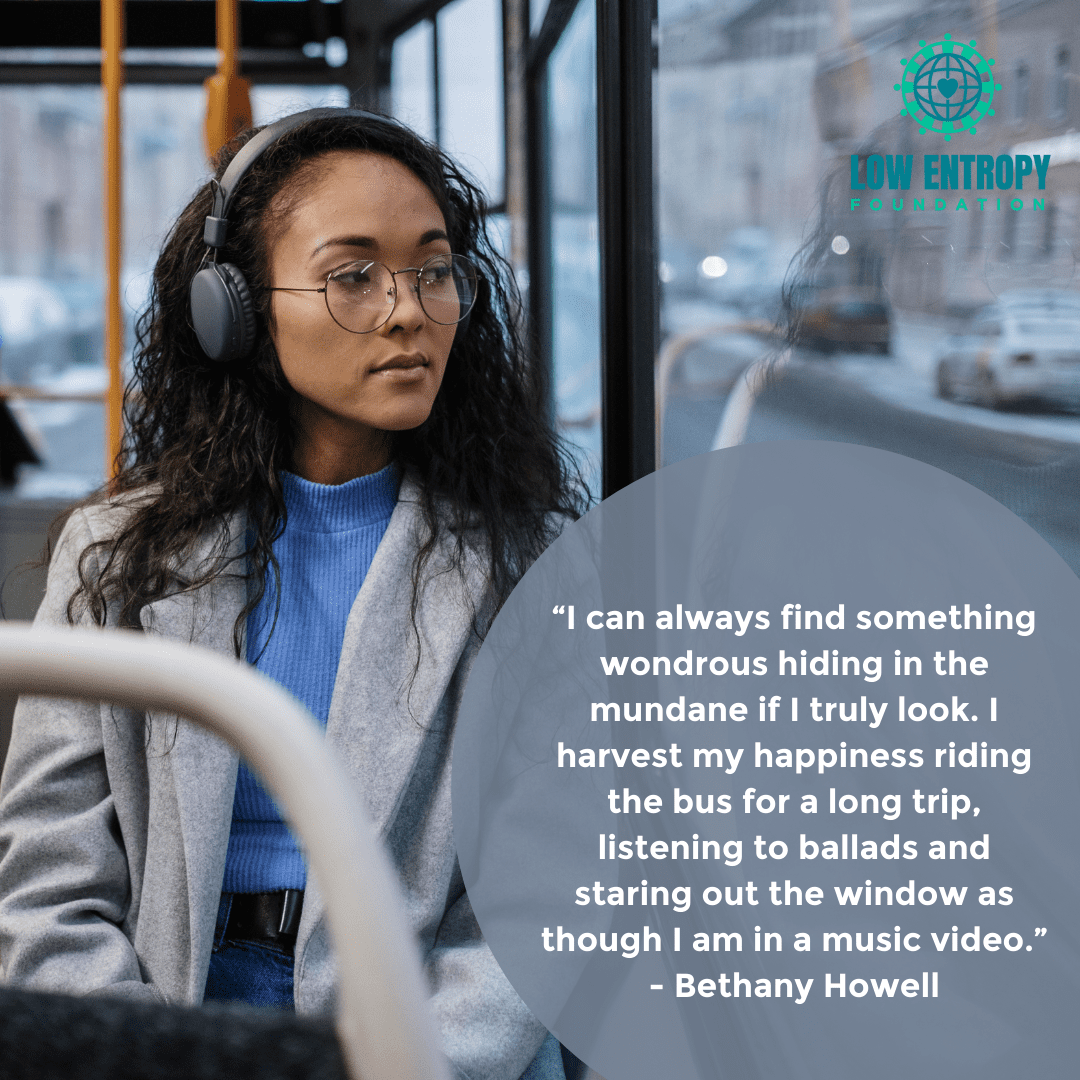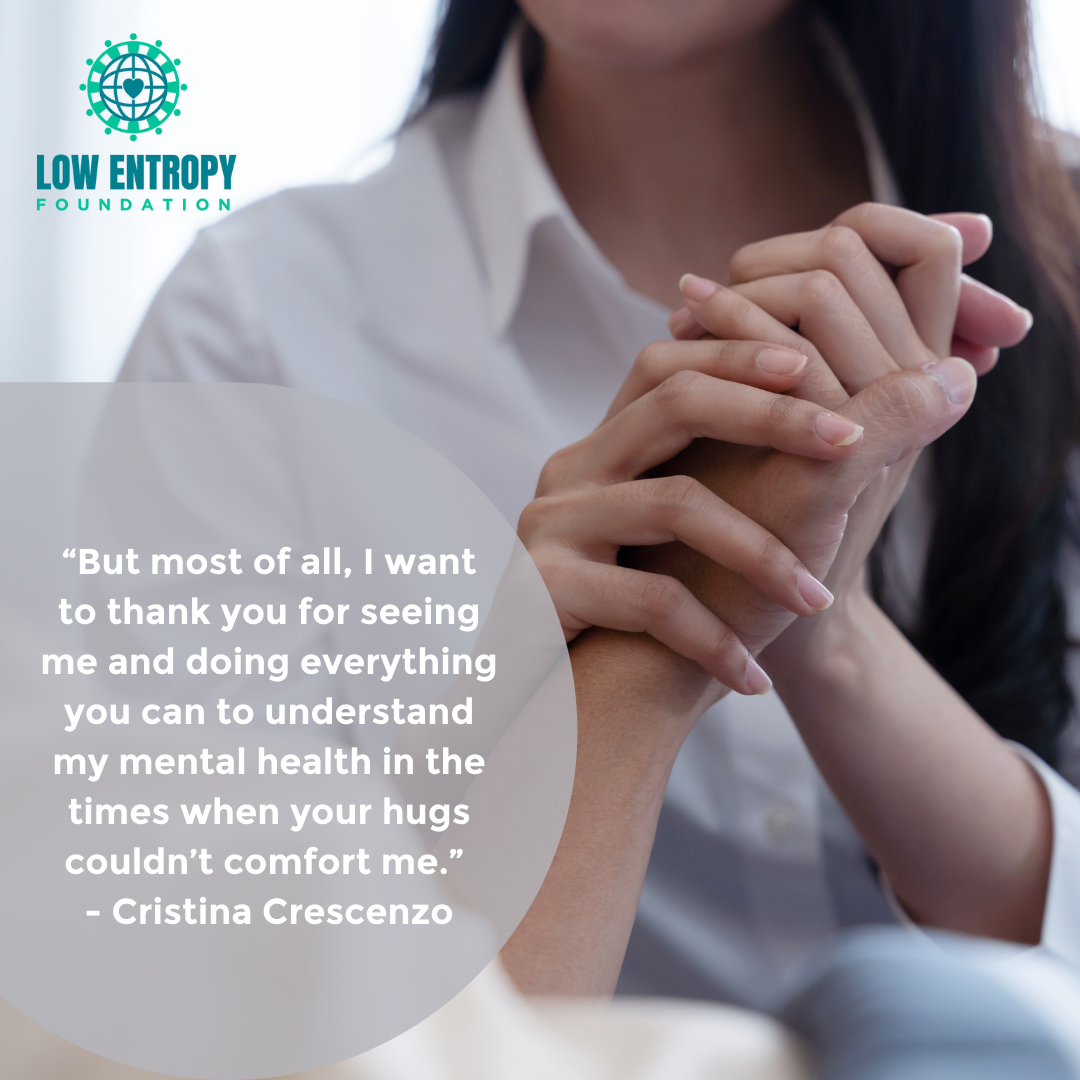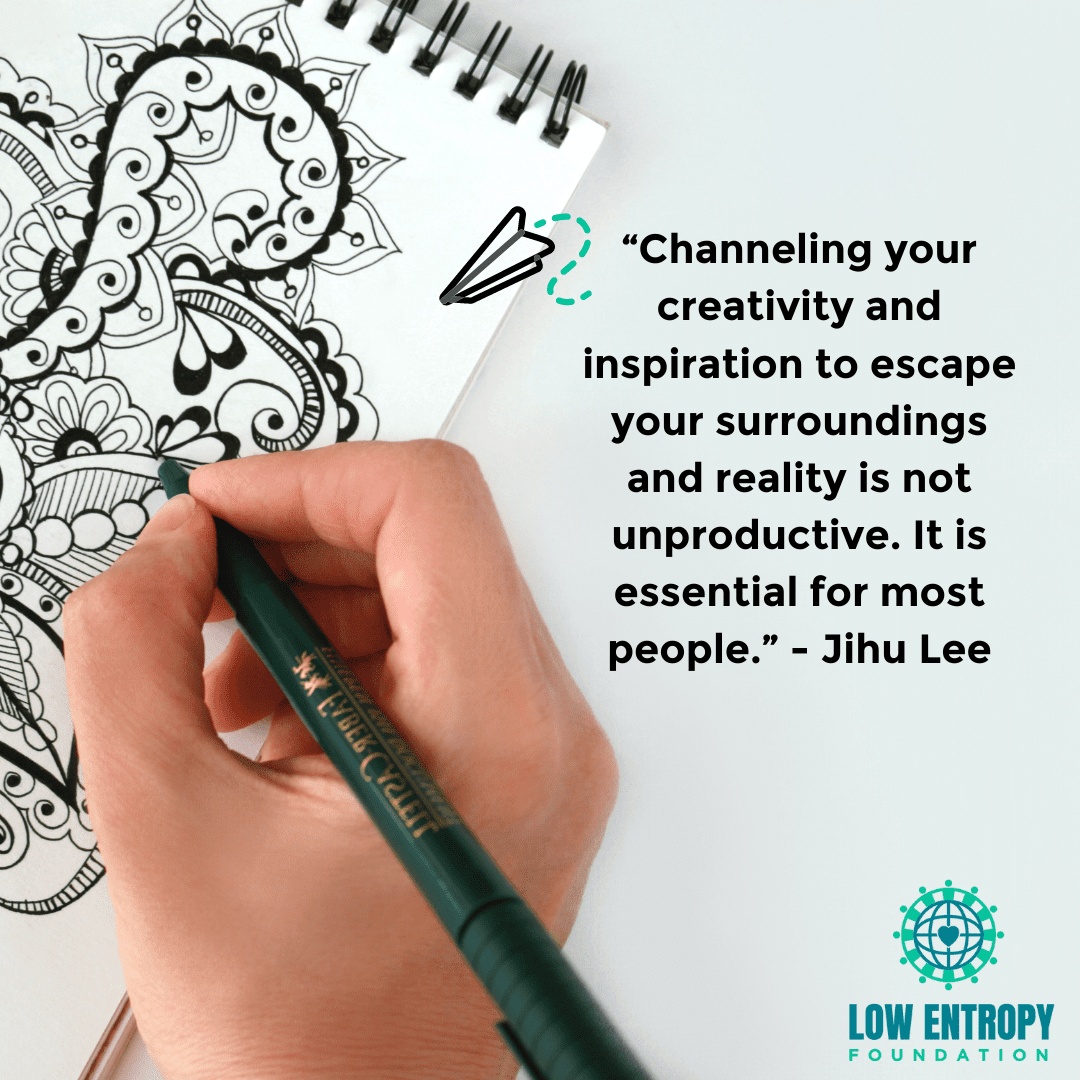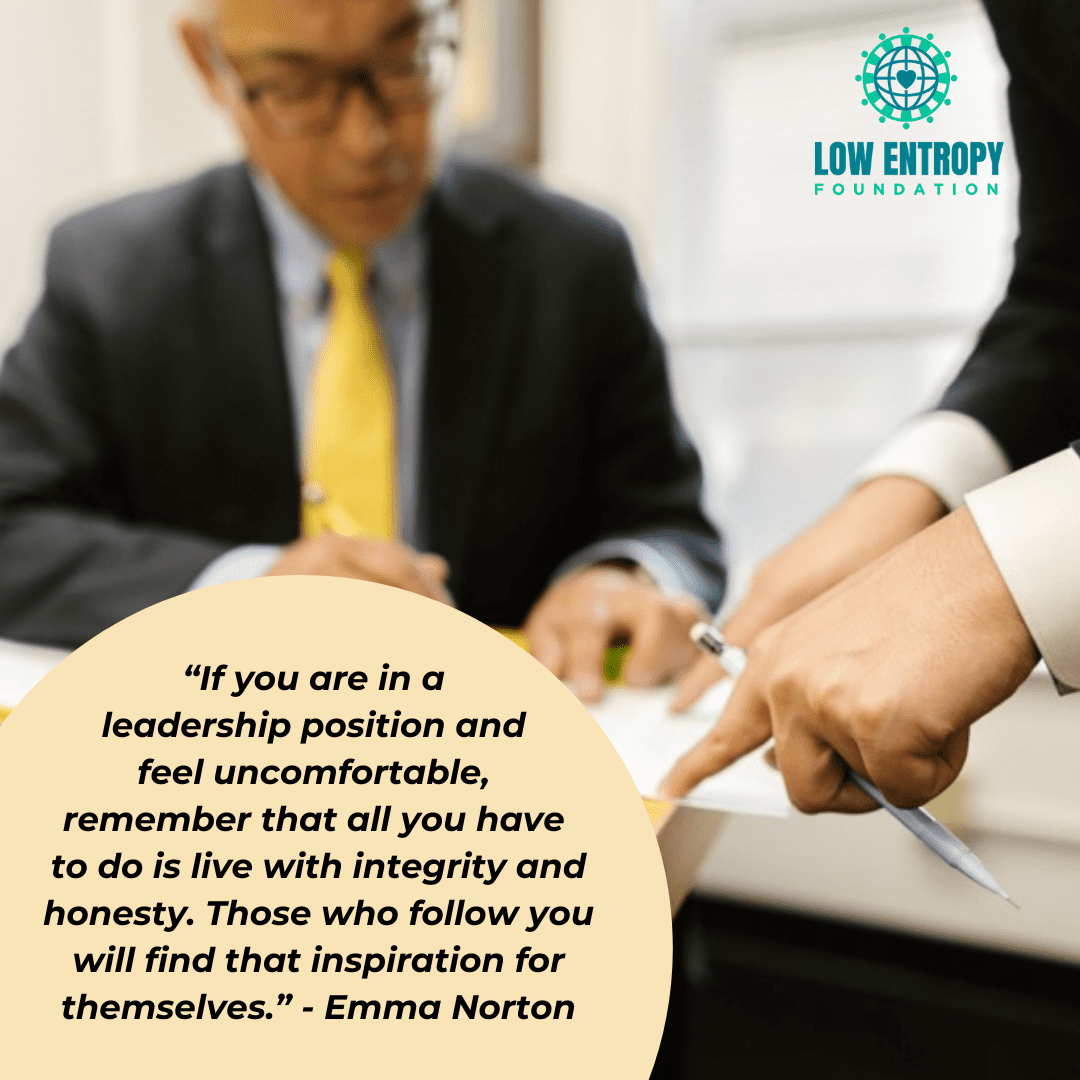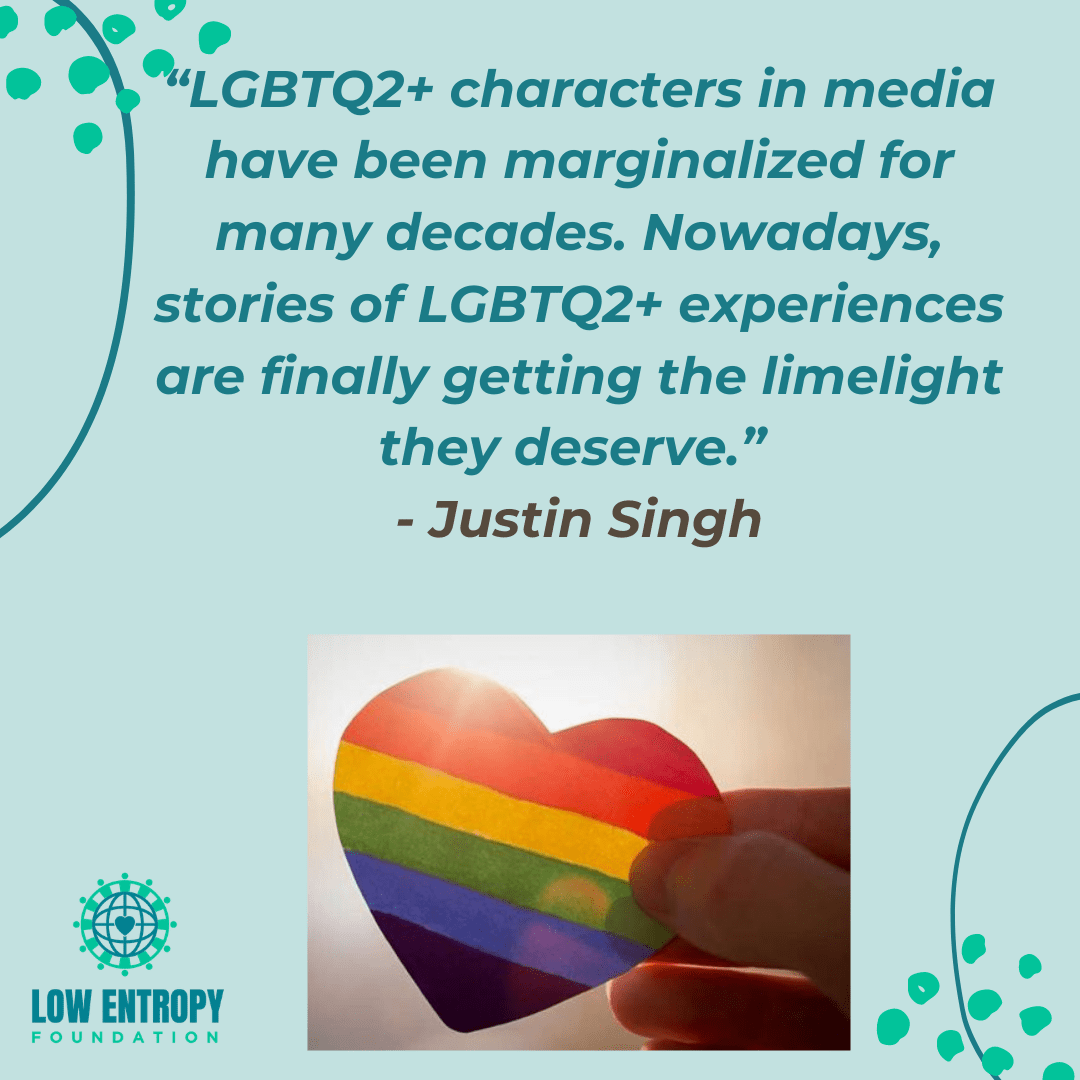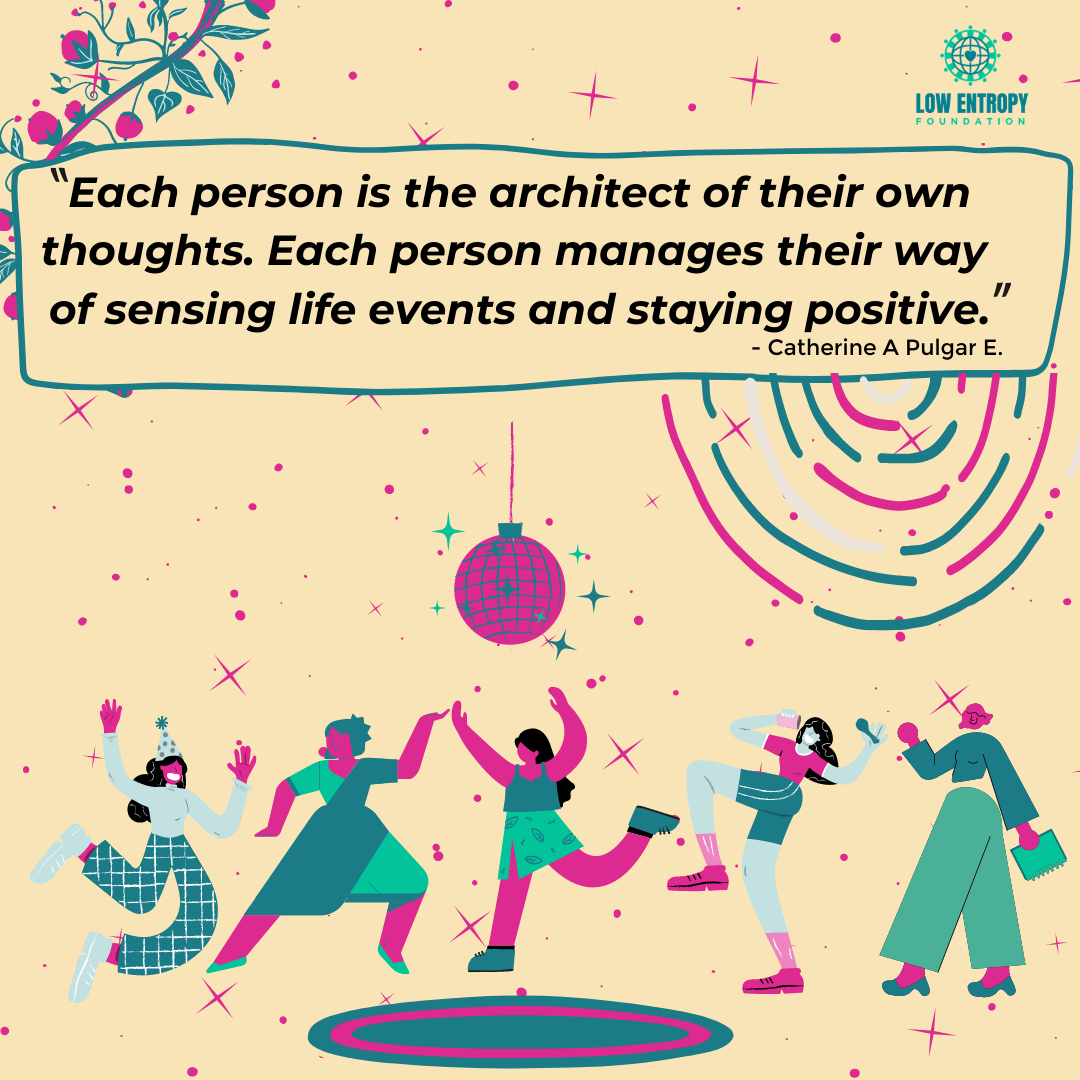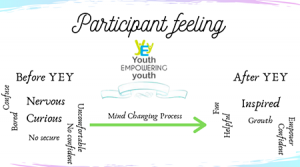Heidi Collie (she/her/hers), Low Entropy Volunteer Writer
The term inspirational is commonly followed by the word person or quote. I think we all have a guilty favorite, and this is mine:
“Whatever you dream you can do, begin it. Boldness has genius, power and magic in it. Begin it now.” – Johann Wolfgang von Goethe
Framed on the wall of my Vancouver house, I stole this piece from my father’s office before moving to boarding school in October 2018 and have kept it with me ever since.
Despite huge demand for digestible media content in the form of soundbites, quotes and youtube TedTalks, I would argue that it is not productive to follow the term inspiration or inspirational with a noun such as quote. Rather, more deserving of this place is a verb. In other words, a piece may well be inspirational, but what does it inspire you to do? Who does it inspire you to be? For example, I feel inspired to: write; draw; compose; research nutrition; share what I have learned; apply to more jobs.
So what exactly is inspiration? Not to be confused with motivation (which unfortunately Google defines in almost exactly the same way), inspiration is “the process of being mentally stimulated to do or feel something.” The way I see it, while motivation is the store of energy, inspiration is the store of desire. As public speaker and entrepreneur Steven Bartlett regularly addresses, motivation is most powerful when it is intrinsic or, formed upon one’s core inner values. In contrast, inspiration is strongest in its extrinsic form – emerging from the actions of others and the culture of your community.
Different as they are, inspiration and motivation share something foundational. James Clear famously wrote, “action creates motivation,” implying that you must first get going, get started, get moving and, over time, your store of energy will build; your motivation will increase. Similarly, inspiration does not come to you where you are.
So how does one find inspiration? The difficult thing is, unlike motivation, you can’t fake it ‘till you make it, but at the same time you must not sit back and hope it just happens to you. Ultimately, inspiration finds you, but only if you give it a chance to. That means breaking free of the life you know, stepping out of your home, work and usual routine. Learn new things, encounter new people and places; expose yourself to culture in every form and one day you’ll wake up and feel that sense of purpose, care for causes greater than yourself and desire to make a difference in some way. Don’t go looking for inspiration, go looking for life, and inspiration will find you. Thus, it seems fitting that as well as the definition we have been running with, inspiration means “the drawing in of breath; inhalation.” So there you go, inspiration is extrinsic, it comes from the world around you but, crucially, you must let it in.
I am no artist. In my own life I favour motivation over inspiration. I am well practiced at willpower, enjoy structure, control, tracking wellness habits like personal training sessions, cycling on Strava, nutrition on My Fitness Pal, books on Audible, and routine on Onrise. Inspiration has always taken second place, sometimes leaving me energized but aimless, wanting to make a difference but unclear in which way. Inherently extrinsic, inspiration isn’t within my control, but I am comforted knowing that when I boldly go out in search of adventure, it reliably finds me. I’ve made my peace with this. In fact, it keeps me going.
—
Leave your thoughts for Heidi in the comments below — better yet, start up a dialogue with the Low Entropy community in person at a Conscious Connections meeting or online at our community site. You can also follow us on Facebook, Instagram, TikTok, Twitter and YouTube to stay up-to-date with Low Entropy news!



















